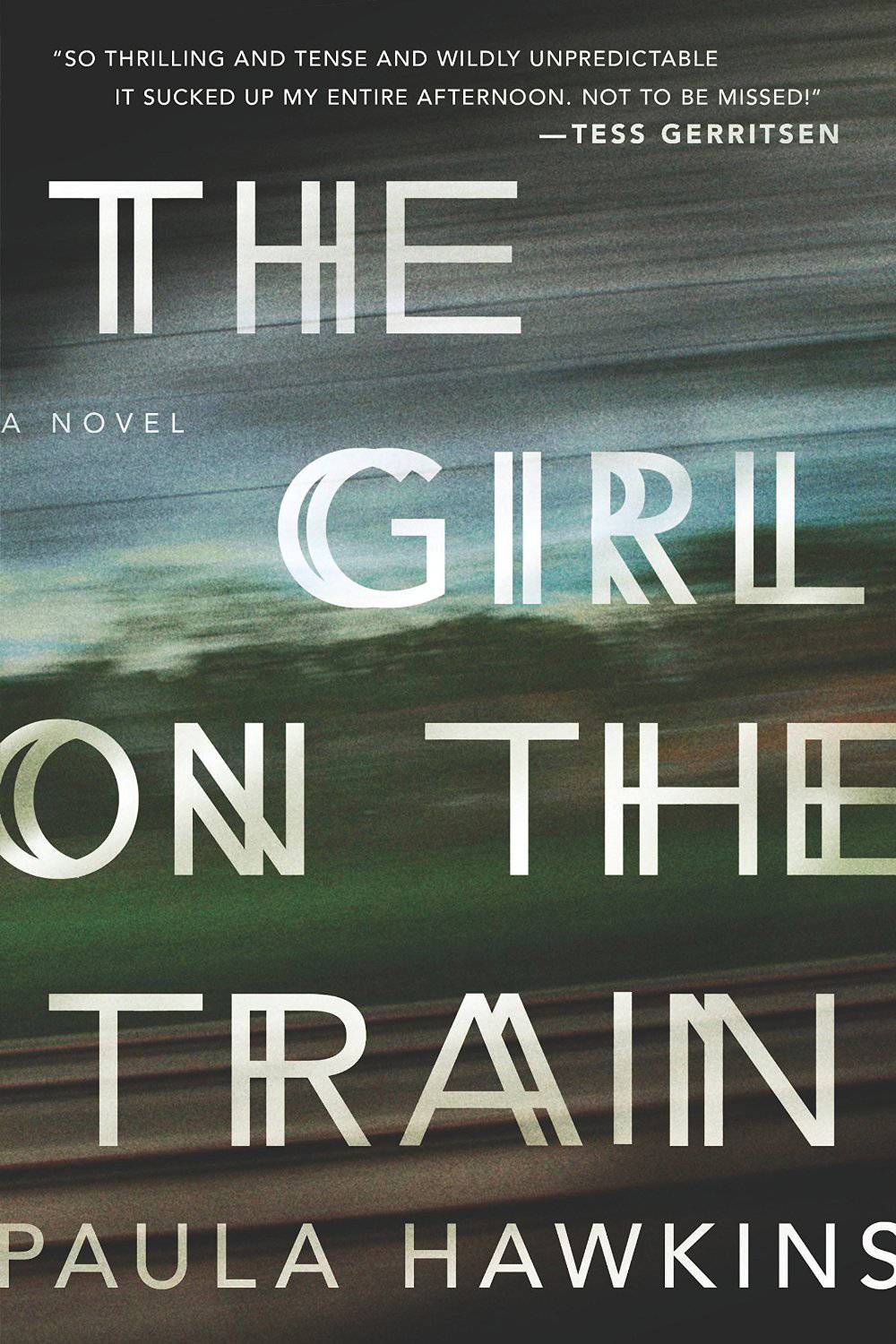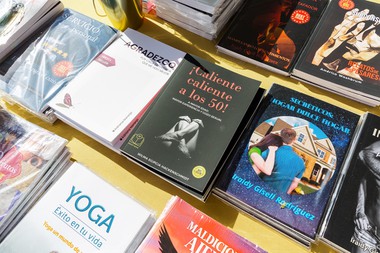
The Girl on the Train By Paula Hawkins, $27.
Everyone in Paula Hawkins’ The Girl on the Train has something to hide. The novel is told from the alternating perspectives of three women: Rachel, a divorced, out-of-work blackout drunk who rides the train into London each day; Anna, who’s married to Rachel’s ex-husband, Tom; and Anna’s neighbor, Megan Hipwell. Rachel has a voyeuristic obsession with Megan and her husband Scott, whose house she passes daily on the train. Hawkins’ debut novel is a tangle of unreliable narrators, but what will have readers talking is her deft handling of twists and turns and her eerily fine-tuned narrative. This is one creepy, dark thriller.
After a bad blackout, Rachel learns that Megan has disappeared, and knowing she was on the Hipwells’ street, senses a dark connection to what happened. “I feel certain that I was in an argument,” she says, “or that I witnessed an argument. Was that with Anna? My fingers go to the wound on my head, to the cut on my lip. I can almost see it, I can almost hear the words ...” Desperate to understand what happened, unsure of her own innocence, Rachel chases memories that slip away, and spends most of the novel coming to terms with guilt about Jekyll/Hyde behavior. She still loves Tom and can’t stop herself from intruding wildly on his new life with Anna. She’s been told she’s violent. She calls and shows up inappropriately. After the disappearance, Rachel inserts herself into Scott Hipwell’s life, ignoring boundaries and feeding off the drama of the search for his wife. Rachel can’t resist the temptation to go searching after clues, desperately trying to flesh out her missing hours.
Many of Hawkins’ characters are doubles—almost doppelgangers—complicating the plot and adding intrigue. There are many of these pairs: marriages, wives, babies, restless men, cheating women and dark secrets. Each of the characters is uneasy, driven by either a desire to escape the past or a drive to cover up guilt. Each one offers a peek into a different kind of agitation.
The book is smartly paced and delightfully complex. Just when it seems Hawkins is leading us one way, Rachel, Anna or Megan change the game. Nothing can be taken for granted in The Girl on the Train, not even the account of the girl herself.







